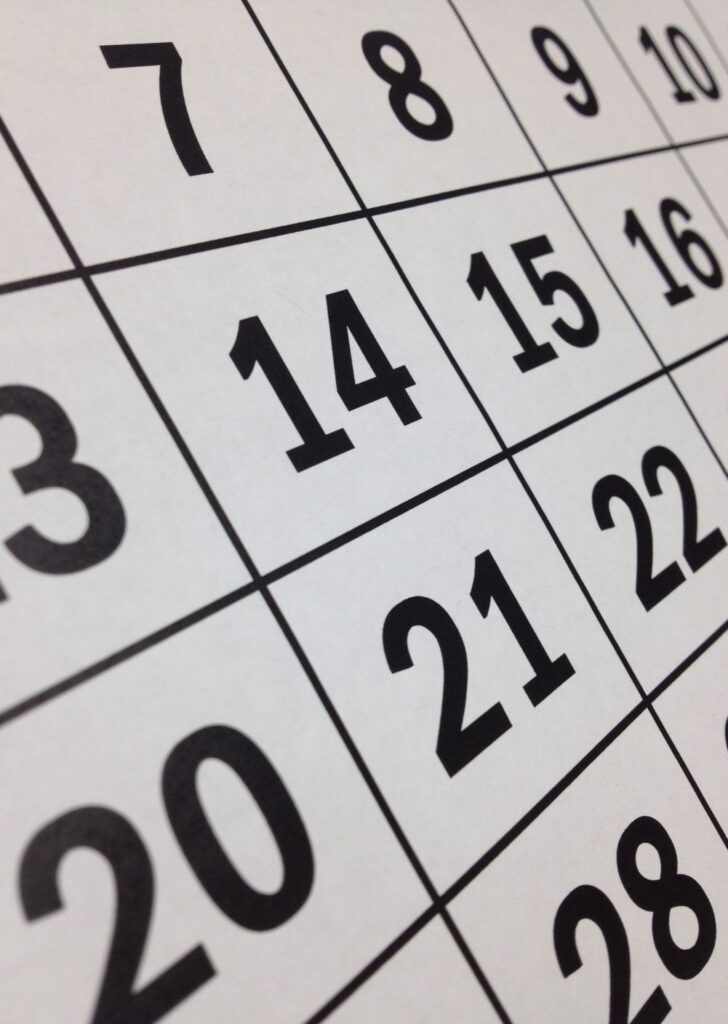Why did I do it? Hard to say. Maybe a combination of things:
1. I used to work full-time for an addiction treatment company, and ever since then I’ve been sensitive about my alcohol intake. It was never a matter of thinking I might be alcoholic—after chatting with counselors and therapists and people in recovery, it’s easy to see the difference between, “Oh no, I had one too many last night and now I’m going to be late to the big meeting!” and “Oh no, I don’t remember anything since a week ago Tuesday and now I’m riding a horse through a pizza parlor.” But I think it’s only natural to examine one’s own behavior after making a living writing about certain kinds of behavior.
2. The holidays left me feeling gluttonous and slow. I was exercising with less consistency and less intensity. And I wasn’t reading as much as I’d like. And I wasn’t sleeping well most nights, waking up at weird times needing to use the bathroom yet too bloated and lazy to get up, too bloated and lazy to do anything except stare at the ceiling and allow my most dearly held insecurities, the ones I drink to keep at bay, get the best of me.
3. I broke my left ankle in September, and, after eight weeks of wearing a cast boot plus another month or so of healing, things still didn’t feel entirely right down there. I guess I thought that, by quitting drinking for a little while, my body might more efficiently heal itself, since it had fewer distractions. Or something. I’m not a doctor.

So how did it go? Pretty well. I made it, anyway. What surprised me (and what still kind of worries me) was that I never forgot I had temporarily stopped drinking. My life didn’t become so extraordinarily full with perfect work-life balance and satisfying hobbies that I was able to turn around and say, “Hold on, it’s January 27th already? Why, I was so busy living my best life I had no idea!” Nope. Every day was another tantalizing step closer to February 1. By the last week of January I was back to perusing liquor stores, caressing the bottles while whispering, “Soon, loves. Soon.” I’m half-serious.
This differs from the handful of previous experiences that entailed temporarily saying no to booze (usually for Lent, which lasts somewhere around 40 days) and on those occasions I really would lose track of the time.
The only explanation I can think of for this difference is that my work was not remote back then. I had to show up at an office five days a week, spending at least eight hours “at work,” and only afterward could I drive home, fulfill whatever household errands needed fulfilling, and relax.
Now that I work at home (due to COVID-19), my work life and my home life have been mashed together over the past couple of years, with the logistical and emotional buffer of a commute eliminated. It therefore fell on me to mark the boundaries between work life and home life, and what better way to do that than with a drink? Just the act of fixing a drink—that happy little project of grabbing your favorite glass, filling it with ice, pulling out the bottle, opening it, pouring it, holding it up at about eye level, pouring some more, etc. acted as a gateway between the two lives.
A few years ago, while bragging to my dad that my wife and I had given up drinking for Lent, I said that one of the challenges I found myself facing was that alcohol is just so dang accessible, psychologically speaking. You have a drink to celebrate a good day, you have a drink to forget a bad day.
“You have a drink because you had a day,” Dad said. Ah, no wonder January felt so long—there was no end to the days.